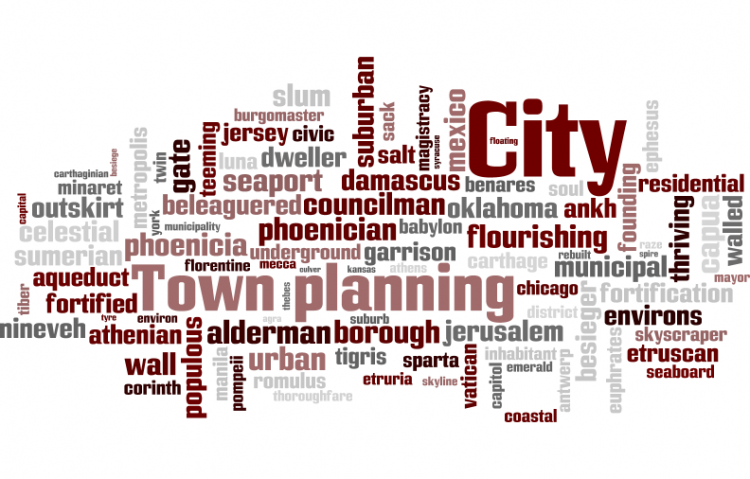
- Target:
- People who use public transportation, People who drive.
- Region:
- United States of America
American families spend 18% of their household budgets on transportation, making it the second largest household expenditure after housing.
A study on U.S. government spending and its impact on worker productivity estimated that a 10-year $100 billion increase in public transport spending would boost worker output by $521 billion, compared with $237 billion for the same spending on highways.
AAA members who rely almost exclusively on automobiles for their daily transportation needs, would still opt to spend more money on public transit than on new roads, according to a recent survey.
Business output is positively affected by transit investment. A sustained program of transit capital investment will generate an increase of $2 million in business output. After 20 years, these benefits increase to $31 million.
Every dollar that U.S. taxpayers invest in public transportation generates $6 or more in economic returns.
In suburban Philadelphia, the total increase in residential real estate value in neighborhoods with train service is estimated to be over $1.45 billion.
In Los Angeles, .80 of every $1.00 spent on public transport gets recirculated in the region, translating into $3.80 in goods and services. Conversely, .85 of every $1.00 spent on gas leaves the region.
New Jersey now has 600,000 more registered vehicles than drivers.
The value per square foot of commercial space near Metrorail stations in Northern Virginia has jumped more than 600 percent since the first station opened in 1977.
In comparison with private vehicles, public transportation generates 95% less carbon monoxide, 92% less in volatile organic compounds, and about half as much carbon dioxide and nitrogen oxide per passenger mile.
A study conducted before, during and after the 1996 Olympics in Atlanta examined the effect of concerted efforts to improve traffic conditions to accommodate the wave of spectators and its effect on asthma attacks. The city made 24-hour transportation available, added buses, closed streets to cars and implemented flexible work schedules. The study showed the result of these efforts was a remarkable decline in ground-level ozone and other air pollutants, which reduced the number of emergency rooms visits for asthma during and shortly after the games.
We, the undersigned, call on our elected and appointed officials in our United States government, to greatly improve our nation's various public transportation systems through increased Federal and State tax spending.
You can further help this campaign by sponsoring it
The Public Transportation for the Future Starts Now petition to People who use public transportation, People who drive. was written by Francis DeBettencourt and is in the category City & Town Planning at GoPetition.